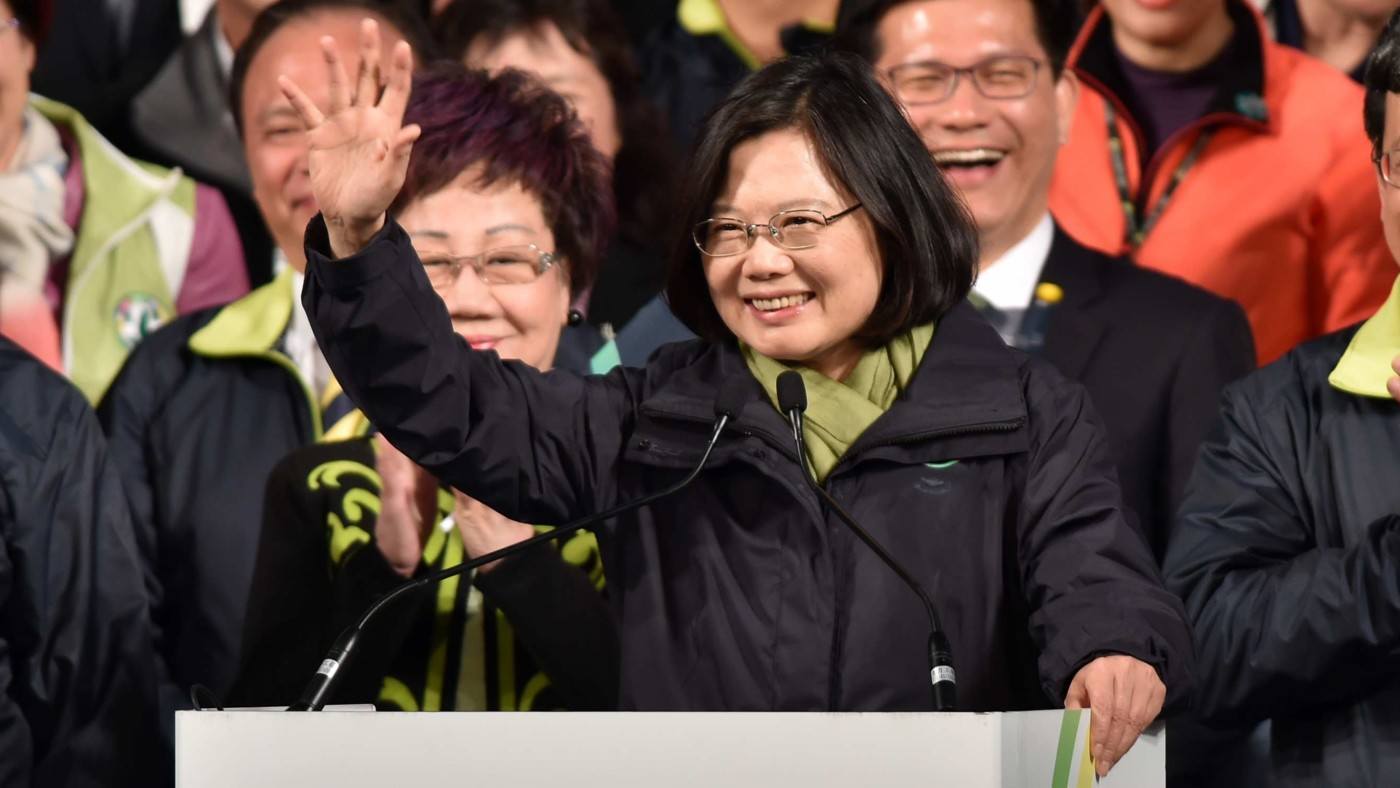Tsai Ing-wen’s New Plan for Taiwan
By Jessica Canchola
On Jan. 17, 2016, Tsai Ing-wen of the Democratic Progressive Party beat Eric Chu of the incumbent Kuomintang Party in Taiwan’s presidential election, making Tsai Taiwan’s first female president. But her election is important for reasons beyond her gender. Tsai’s policy differences from KMT and even her own DPP could culminate into a turning point in Taiwan’s approach to its relationship with China and its economy. Such changes would be welcome by the Taiwanese public, who have been yearning for change.
The previous administration of Ma Ying-jeou of the KMT party left much to be desired. Taiwan’s stagnating economy, denoted by miniscule growth rates, unusually high unemployment, and stagnating GDP has left many feeling less than prosperous. But Ma’s solution to addressing these economic deficiencies was also unacceptable. Instead of trying to cultivate local markets, Ma sought to jumpstart the economy by pursuing upwards of 20 agreements with China, Taiwan’s adversary in the pair’s continued debate over Taiwan’s sovereignty. Taiwanese activist groups like the Sunflower Movement criticized these actions, fearing that increased economic dependence on China would lead to eventual reunification with that country, something Ma’s KMT party favors but the rival DPP party opposes. Ma’s highly symbolic meeting with China’s President Xi Jinping in November only heightened these concerns. All of this created an environment of dissatisfaction the DPP’s stood ready to address.
Tsai’s campaign largely focused on addressing growing constituent frustration over the disconnect between their will and administration policies. This deference to public opinion is attributable in large part to her upbringing. Although Tsai grew up in a wealthy household, her father forced her to attend public schools so she would have a more comprehensive world view. Her policy’s proximity to public opinion — more than her party affiliation — has been her guiding focus in this election and was reflected in her victory speech. In it, she noted: “The results today tell me the people want to see a government that is willing to listen to the people, that is more transparent and accountable and a government that is more capable of leading us past our current challenges and taking care of those in need,” which seems to address both the Sunflower Movement’s calls for transparency and the general public’s demand for remedies to the sagging economy. Likewise, Tsai has made the economy the first priority of her nascent government. Unlike her KMT predecessor, Tsai plans on reinitiating growth in Taiwan by revitalizing industrial bases and expanding Taiwan’s global trade ties, thus reducing its sole reliance on China.
Considering Tsai’s DPP affiliation, which espouses a pro-independence stance in relation to China, this de-emphasis on trade relations with China is unsurprising, but can’t be overstated. As Chang Jing-wen, author of a book on Tsai’s career notes “She’s not anti-China, not deep-green (the color of the pro-independence DPP) and she’s never said she favours Taiwan’s independence.” Instead, Tsai seems more concerned with minimizing tensions with China and preserving Taiwan’s democracy, which she holds paramount — a stance that was also reflected in her victory speech. Regarding Taiwan-China relations, Tsai expressed a desire “to emphasize that both sides of the strait have a responsibility to find mutually acceptable means of interaction that are based on dignity and reciprocity … We must ensure that no provocations or accidents take place.” But for now, with her entire administration laying before her, only time will tell if her professed policy departures become the other key differences between her and her predecessors besides her gender.

